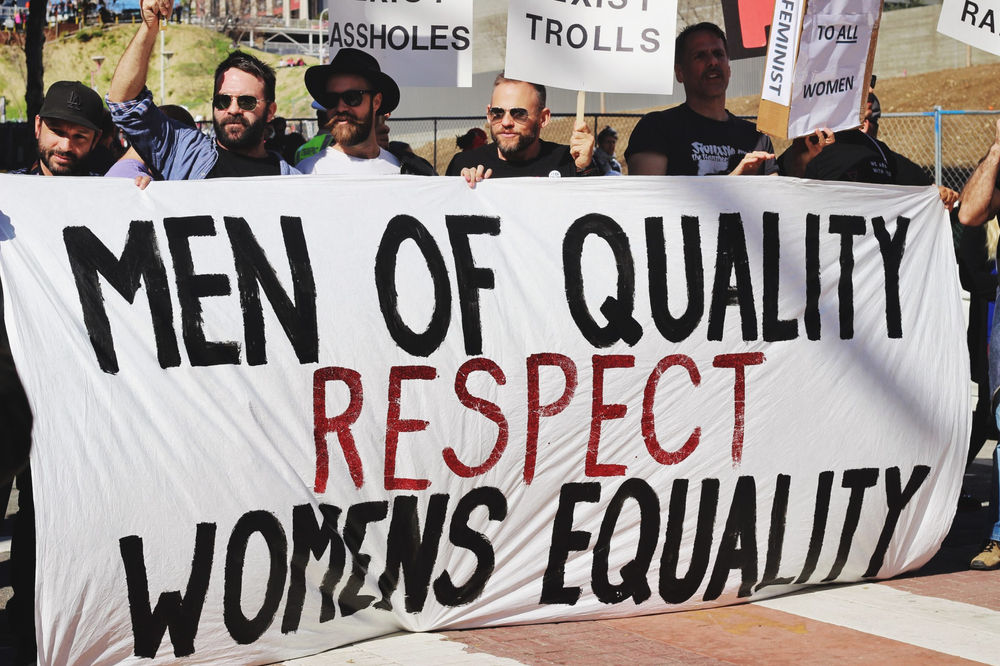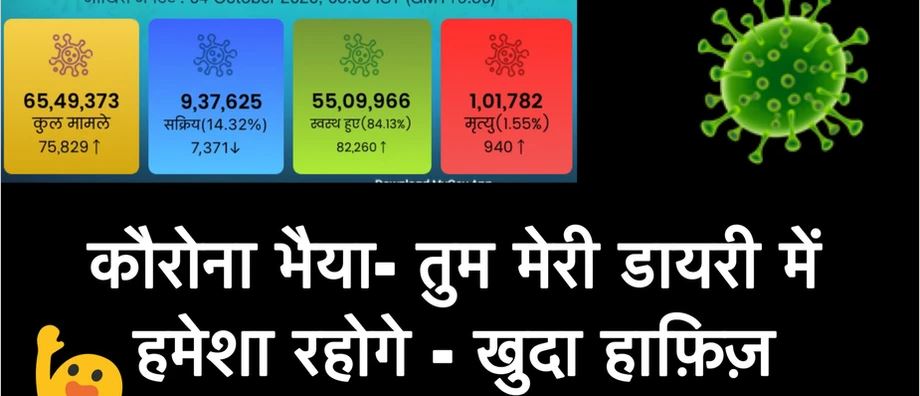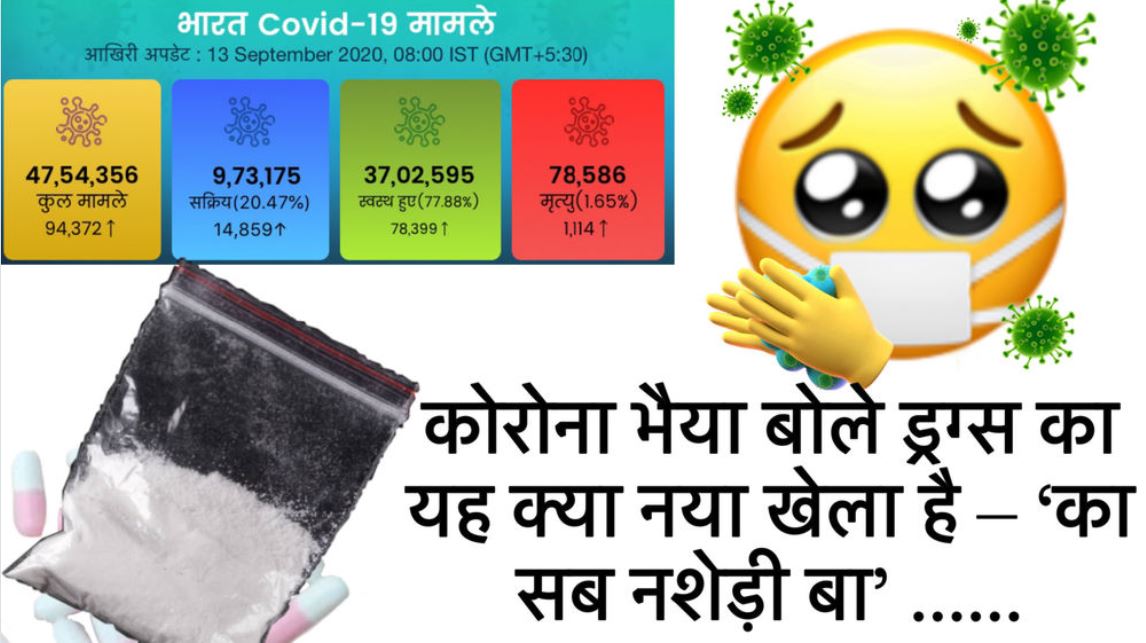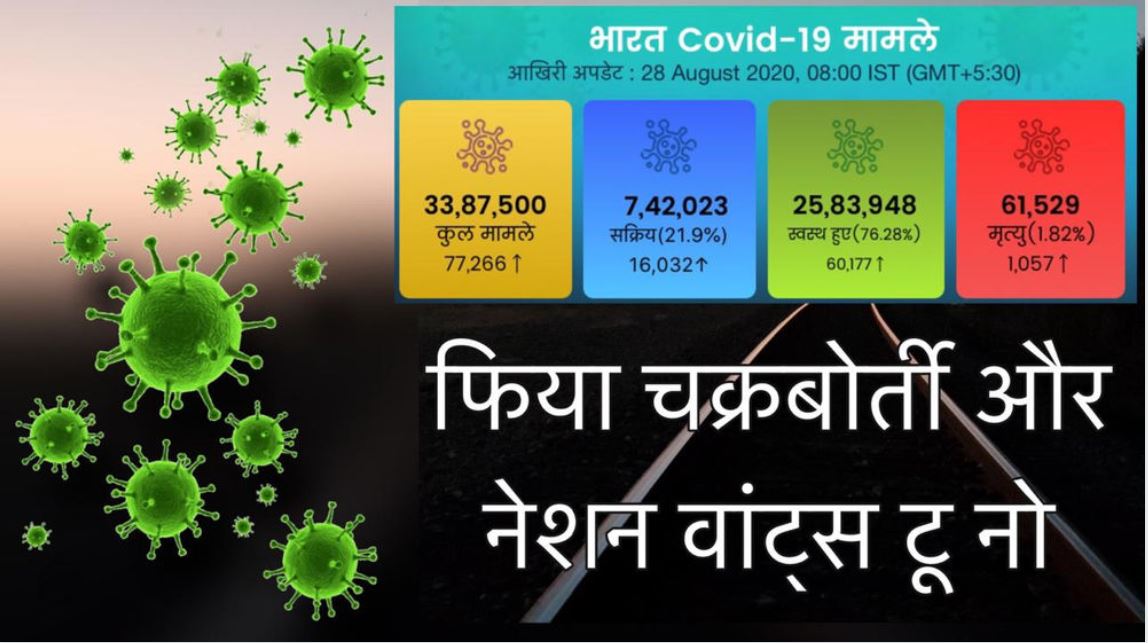Unemployment is one of the major concerns in India and the pandemic made situation worst. The lockdown decision to stop the virus chain certainly slowdown the wheel of Indian economy. What after pandemic? How job crisis impacted both economic & political scenario? These are noteworthy questions. On the occasion of PM Modi’s 70th Birthday, the political parties and youngsters celebrated as a ‘National Unemployment Day’ with both protest on the road and social media. Their actions were not to defame the prime minister but to remind him with the severe joblessness situation of the country.

According to CMIE, India had nearly 7.2 % unemployment rate in September with nearly 6.6 million job lost by white collar professional (WCPs) and 21 million salaried jobs lost between May and August.
The growing population and entrance of youth in jobs each year make the task more difficult. CMIE clarifies that WCPs don’t include qualified entrepreneur though they’re software engineers, physicians, teachers, accountants and analysts. These are most suitable jobs in the country and well-paid.
Rohit Kansal, 27 years old, a sales executive told a news channel “I was asked to go on leave in May during the pandemic because there was no work in the real estate sector. A month later, I was fired.”
Hospitality, Railway, Road Transport, Aviation, Media and entertainment, small-scale traders and hawkers all are feeling the heat due to lockdown. MSME sector which provide second-most jobs after agriculture sector around 111 million had no takers this year. The measures to provide additional credit facility to these unorganised workers appear worthless. Businesses don’t need to take credit or invest as the demand is weak and industrial production has crashed.

The debacle of state government to generate workforce is known to us. If workers get fair work in their own hometown why will they migrate?
‘Garib Kalyan Rozgar Yojna’ was announced to provide jobs to migrant workers in 116 districts in six states where local seekers are too waiting to compete. The additional allocation of 400 billion rupees for rural employment MGNREGAs too seems inadequate to meet existing work demand. Agriculture was only sector to have positive growth after the contraction of 23.59% in GDP estimated for June quarter.
There are no cogent steps taken to traced unemployment in such complex socio-economic society. Obviously, it has been a political convenience. NSSO data released in 2017-18 report shows 4 decades high unemployment rate was rejected on the basis of findings. The unfilled job vacancy, pending results and contemporary job cuts put youth in general and students in particular in a dilemma. The contract system in government job keeps it no more different.

Paid less than the skills and doing different work than pursued degree is most common for graduate youngster. Experts say soft skills like communication, team working ability, etc are the deal breakers in today’s world. One must learn these apart from their hard skills.
Pandemic should not be the only reason for job crisis. The past slog of demonetisation and abrupt policies implementation led us to vicious economy cycle. Industries have not grown as profits are taken away by the capitalists and low wages weaken the purchasing power and production. Job creation in both formal and informal sector can only engage more economic activities & cash flow. Old debates on being job giver rather than job seeker too depend on market demand.
If we stay in denial we can’t take corrective measures. Women participation in labour force and get employment can increase our per capita income. Even urban educated women are reticent in joining workforce. Investment by the people and role of RBI can play measure role to deal with the situation.
Government need to overcome structural problems. The role of politics is too pivotal in shaping economic Diaspora and creates opportunity. A crisis of confidence on credible institutions and propagandist agenda is negatively impacting investment levels and business cycle. A higher outward FDI level indicates that the private sector players trust their investment abroad more than they do within India.
Unemployment is inevitable problem in populous country like India. Youth digital protest on twitter hashtag #राष्ट्रीय_बेरोजगारी_दिवस had trended a lot with memes. Though, their voices remain unheard in both media space & parliamentary sessions.

What is your take on contemporary job crisis in India?
Appreciate your views:
Sources:
Written by Nitin Kumar








